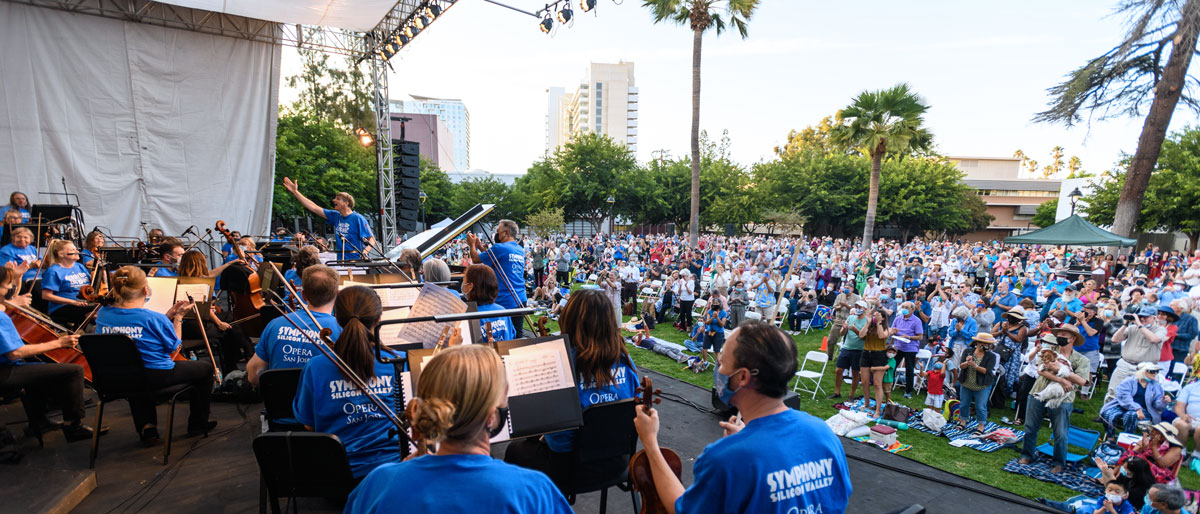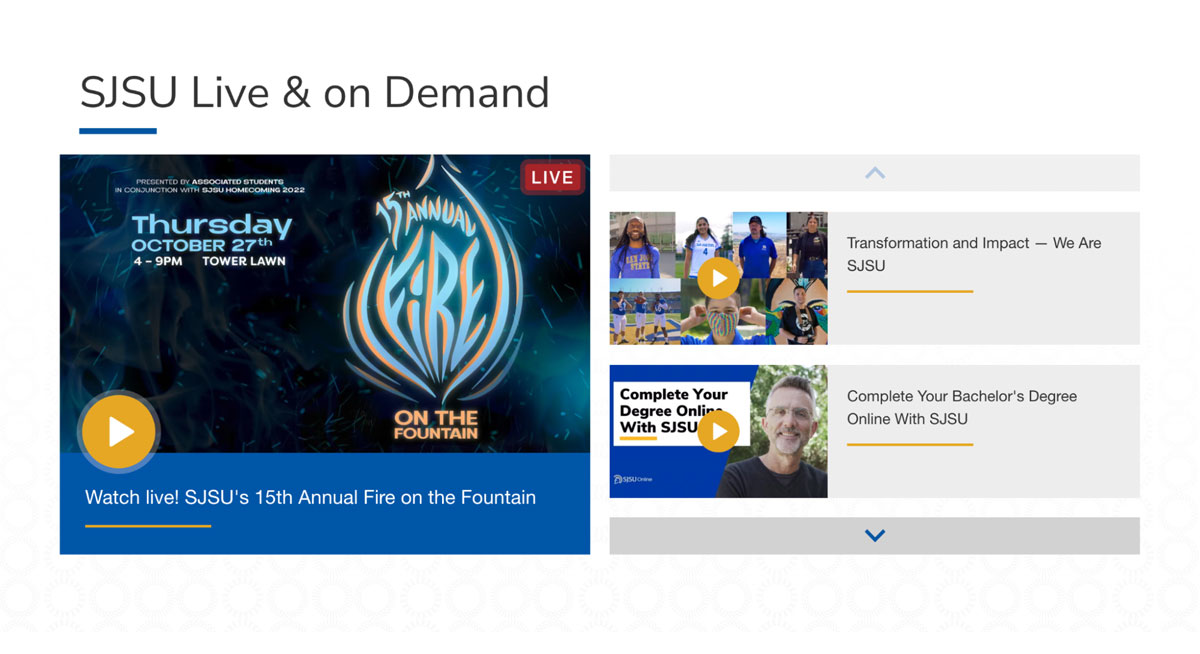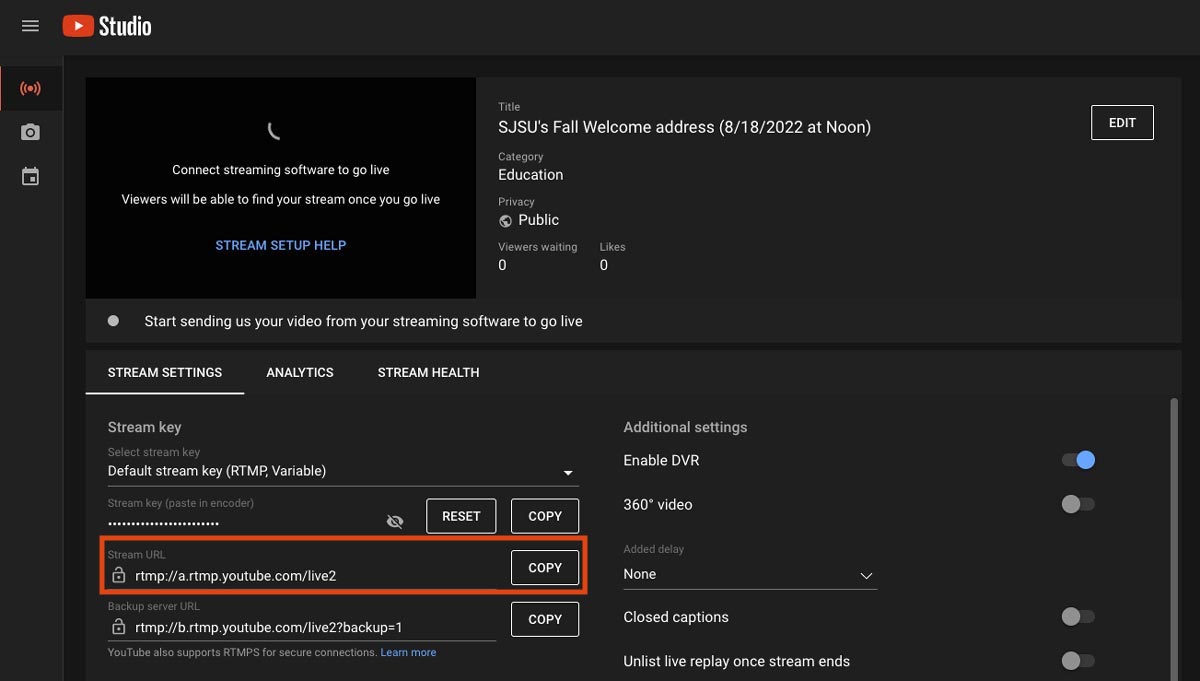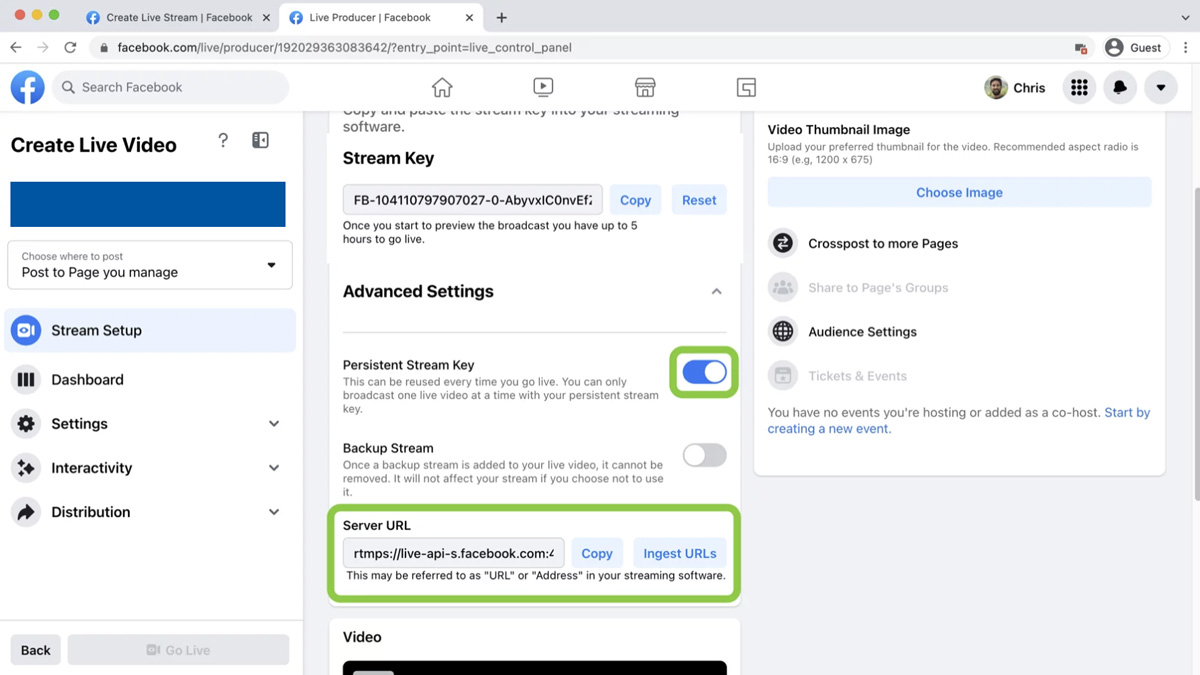UMC Vimeo Livestream

Amplify your livestream on the event calendar and SJSU.edu homepage
The SJSU Event Calendar is a great way to publicize your upcoming activity. The event calendar also enables you to grow your audience by sharing it externally through a livestream. You have several choices for livestream platforms such as Zoom, YouTube, Facebook or Vimeo.
If you choose to stream using University Marketing and Communications (UMC) Vimeo enterprise account, UMC may amplify your event by livestreaming directly to our new sjsu.edu homepage video player and main SJSU social media accounts. This can expand your audience significantly.
The user-friendly and fully accessible player (seen below) on SJSU's homepage offers a direct and easy way for visitors to join in and watch your event live and in the moment.

Additional features include live closed captioning, chat function when appropriate and archiving for future on-demand viewing. While UMC will provide the Vimeo platform, event organizers must work with AV team/Student Union for camera equipment and set-up. If you have a virtual event, for example on Zoom, UMC can also share your stream to our homepage and main social media accounts
Interested in participating?
Please fill out the UMC Live Streaming Request form to express your interest and the UMC team will connect with you as soon as we can to discuss the process.
Please note that the capability to stream to the university’s homepage is limited to Vimeo only. Please view SJSU’s Terms of Service for using the Vimeo streaming service.
Other Livestream Platforms
Zoom

YouTube Studio

Facebook Live
- How do I go live from my Facebook Page?
- How do I go live on Facebook using streaming software?
- What are the video format guidelines for live streaming on Facebook?

Terms of Use: Vimeo-powered streaming service
The Vimeo-enabled streaming service provided by San José State University (and operated by University Marketing and Communications) is available for use for official university purposes, including by individual colleges, departments, divisions, and initiatives. Use of the service may also be granted on a case-by-case basis for performances and activities conducted by recognized student organizations holding events that support academic, athletic, artistic, cultural, community engagement, and team-building events. Event organizers interested in the service must publish their event through the SJSU Events Calendar.
All users must abide by University policies, including the presidential directive concerning Freedom of Expression and Time, Place and Manner [pdf]. The service may not be used to denigrate, disparage, humiliate or ridicule others. Any violation of these terms may result in the cancellation of the stream, deletion of any archived copies, and denial of future streaming access. The views and opinions expressed through this platform are those of the speakers and do not necessarily reflect the views or positions of any entities they represent or of San José State University.
By using the service, you agree that the university may distribute your programming through streaming, may add the recording (in full or in part) to a video library, and may edit the content to produce short, post-event videos for use on the university's website, an official SJSU social media channel or other print or electronic means. The organizer of the event is expected to advise presenters that the event will be recorded and streamed and to ensure that any necessary consents or releases are obtained.
NOTE: The Vimeo platform is not your only option for streaming. If you are hosting an event that requires registration or uses chat-enabled features, you will want to consider YouTube, Zoom or the resources listed on the IT webpage.
Fair Use of Copyrighted Materials
When considering livestreaming your event, ensure you have all appropriate rights to your content such as photos, videos, graphics, and music as well as permission from the speakers/artists. Some copyrighted materials can be used under the “Fair Use” doctrine. Section 107 of the Copyright Act provides the statutory framework for determining whether something is a fair use and identifies certain types of uses—such as criticism, comment, news reporting, teaching, scholarship, and research—as examples of activities that may qualify as fair use.
As a courtesy to your audience, always inform them about the filming and livestreaming of the event.
For more information about the "Fair Use" of Copyrighted materials, please see the recap below. For a more extensive explanation, please view the U.S. Copyright Office Fair Use Index.
When determining if a copyrighted work has been used consistently with the "Fair Use" doctrine, a series of questions are weighed.
Purpose and character of the use, including whether the use is of a commercial nature or is for nonprofit educational purposes: Courts look at how the party claiming fair use is using the copyrighted work, and are more likely to find that nonprofit educational and noncommercial uses are fair. Additionally, “transformative” uses are more likely to be considered fair. Transformative uses are those that add something new, with a further purpose or different character, and do not substitute for the original use of the work.
Nature of the copyrighted work: This factor analyzes the degree to which the work that was used relates to the copyright’s purpose of encouraging creative expression. Thus, using a more creative or imaginative work (such as a novel, movie, or song) is less likely to support a claim of fair use than using a factual work (such as a technical article or news item).
Amount and substantiality of the portion used in relation to the copyrighted work as a whole: Under this factor, courts look at both the quantity and quality of the copyrighted material that was used. If the use includes a large portion of the copyrighted work, fair use is less likely to be found; if the use employs only a small amount of copyrighted material, fair use is more likely.
Effect of the use upon the potential market for or value of the copyrighted work: Here, courts review whether, and to what extent, the unlicensed use harms the existing or future market for the copyright owner’s original work. In assessing this factor, courts consider whether the use is hurting the current market for the original work (for example, by displacing sales of the original) and/or whether the use could cause substantial harm if it were to become widespread.